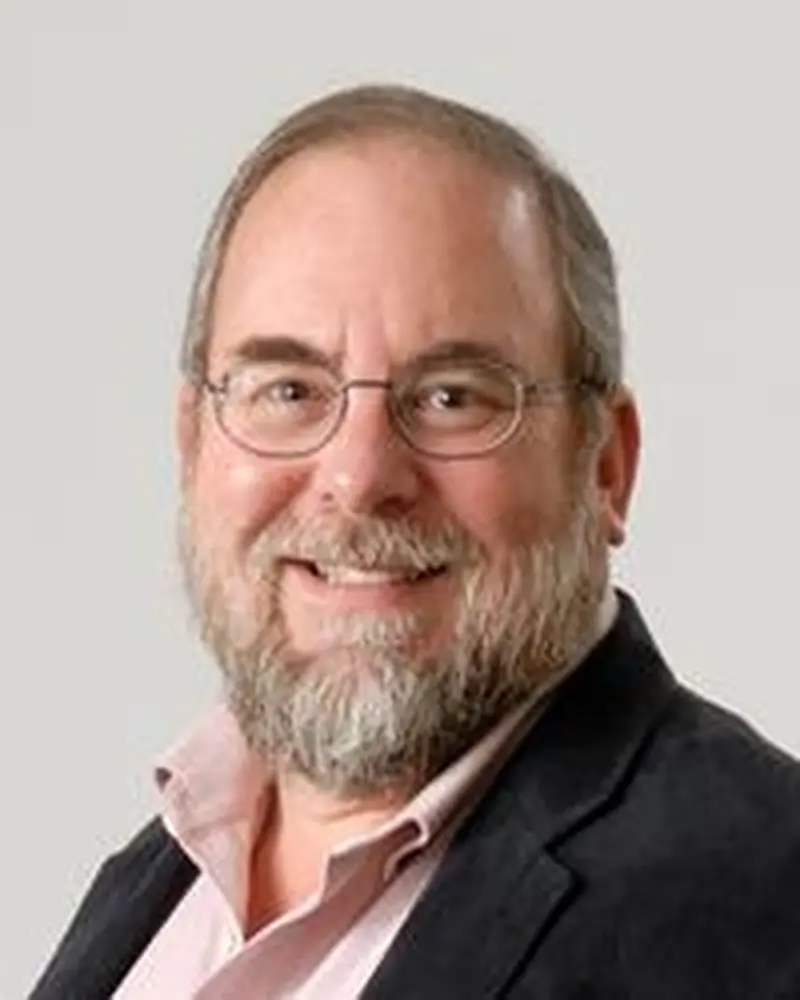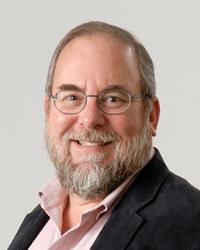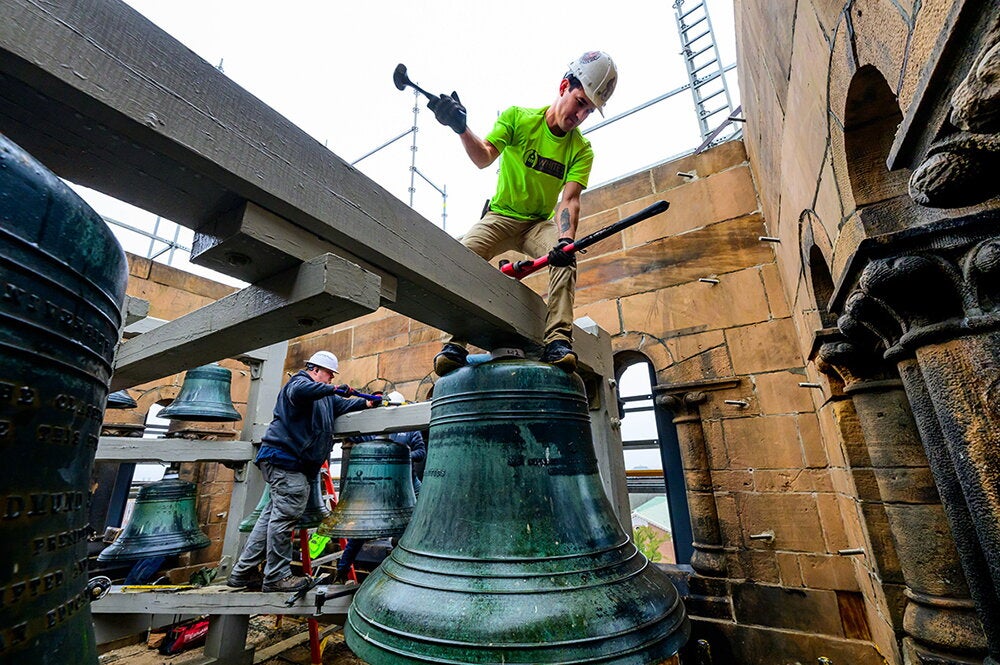
Kenneth Suslick, a professor of chemistry in the College of Liberal Arts and Sciences, was one of two U of I professors to receive Guggenheim Foundation Fellowships. He is among 180 award recipients selected from the almost 3,000 scientists, artists, and scholars who applied.

Suslick, the Marvin T. Schmidt professor of chemistry, works at the forefront of chemical sensing. He developed an artificial “nose” capable of detecting harmful substances in the air.
He has built a small optoelectronic device to “sniff out” poisonous gases, toxins, and explosives. The device uses dots of chemically sensitive pigment printed in an array. The pigments change color when they sense chemicals in the air, and can identify both composition and concentration. His team developed easy-to-use handheld prototype devices to sense industrial chemicals and the explosives used in shoe bombs.
Suslick also is a professor of materials science and engineering and a member of the Beckman Institute for Advanced Science and Technology. He previously has been honored with a research fellowship from the Sloan Foundation, and is a fellow of the American Chemical Society, the Materials Research Society, the Acousitical Society of America and the American Association for the Advancement of Science.
Guggenheim Fellowships are awarded annually on the basis of achievement and exceptional promise. More than $290 million has been granted to more than 17,000 individuals since the program’s inception in 1925.
The other U of I professor to receive a Guggenheim fellowship is Anne Dawson Hedeman, an art historian who specializes in medieval manuscripts and the history of books. She focuses on the role of visual imagery, or “illuminations,” in translating past or distant cultures for 15th-century French readers.


